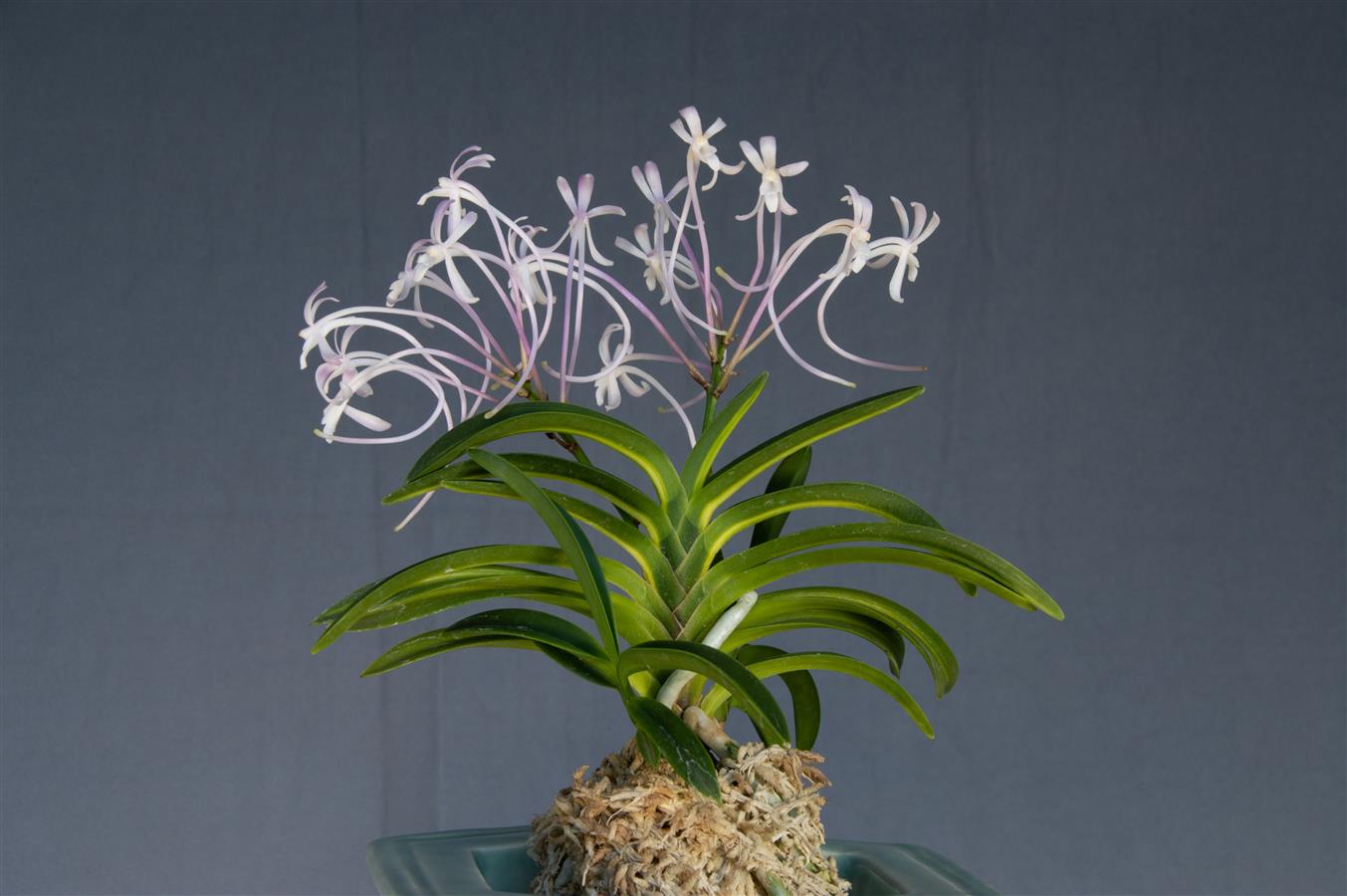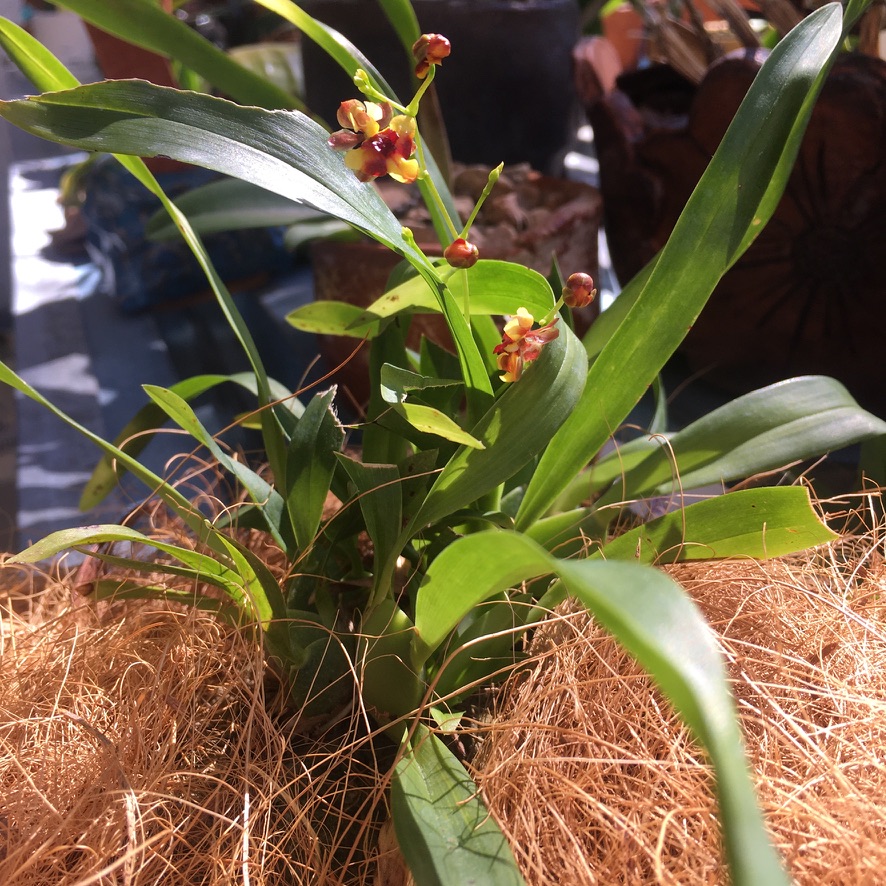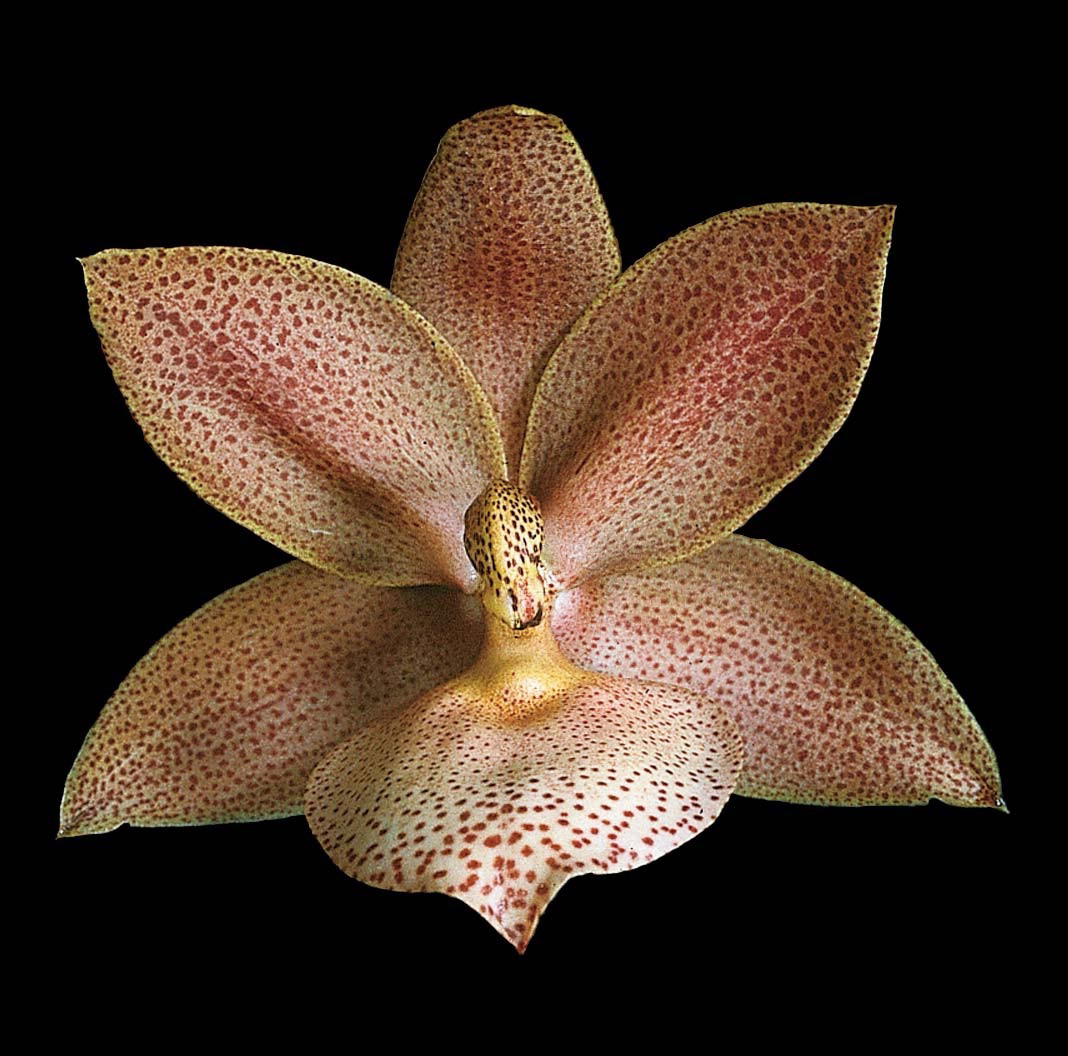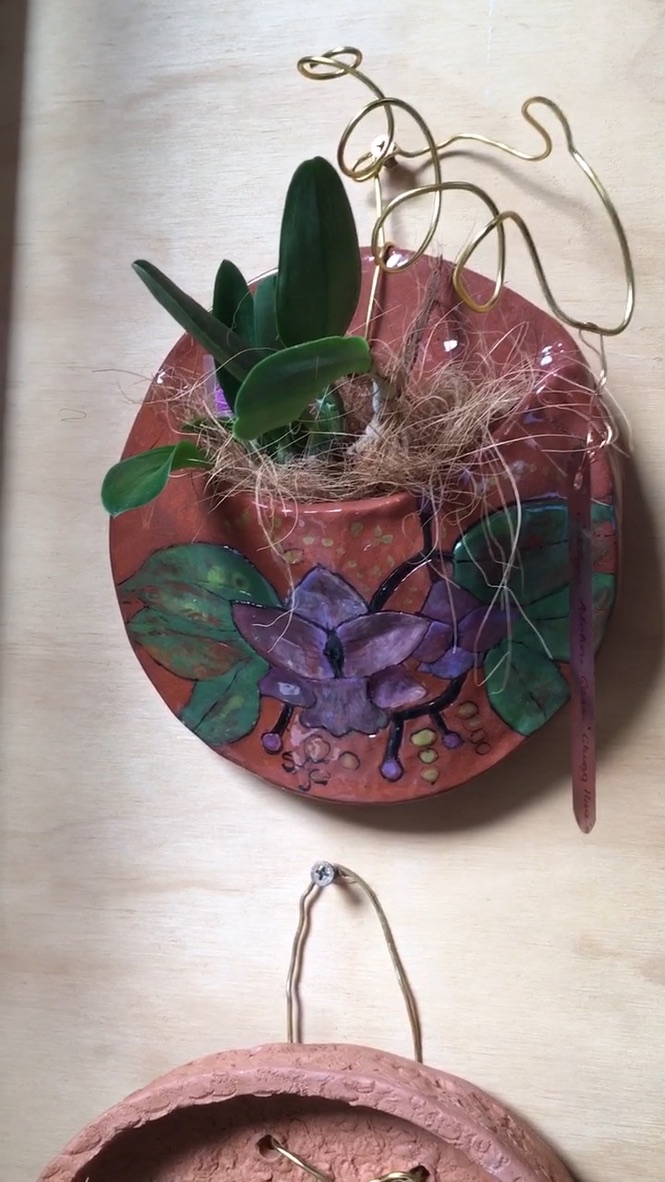Among the many orchids admired for elegance and heritage, Vanda falcata—formerly known as Neofinetia falcata—is one of the most captivating. Revered for centuries in Japan, where it was cultivated by samurai and collectors, this miniature orchid is treasured for its fragrant flowers and beautifully arranged leaves.
At first glance it resembles its tropical relatives in the Vanda genus, yet its cultural preferences differ markedly. For growers in tropical Australia, where warmth and humidity prevail, adapting Vanda falcata to local conditions takes a little understanding—but once mastered, the results are exquisite.
Cool Origins and Natural Habitat
Unlike the large-flowered Vanda species of Southeast Asia, Vanda falcata hails from Japan, Korea and parts of China. In nature it grows as an epiphyte on deciduous trees, enjoying warm, humid summers followed by bright, cool, drier winters. This seasonal contrast helps trigger its delicate spring flowers.
In tropical climates, where winter nights rarely drop below 18 °C, replicating those cooler conditions becomes the key to consistent flowering.
Light and Temperature
For optimal Vanda falcata care, provide bright, filtered light—roughly 50–60 per cent shadecloth. The leaves should display a yellow-green tone rather than dark green, which indicates insufficient light.
The plant tolerates tropical warmth well, but sustained temperatures above 32 °C can slow growth. During cooler months, increase light exposure slightly to mimic seasonal change. Position plants in the breeziest, shadiest corner of your Vanda house to keep them comfortable.
Water and Humidity
Vanda falcata loves humidity but dislikes permanently wet roots. In the tropics, this means watering daily or every second day during hot weather, ensuring roots dry quickly afterwards. In winter, reduce watering frequency to allow a gentle drying period—essential for bud initiation.
Aim for 60–80 per cent humidity and strong air circulation. Fans or open-sided structures prevent fungal problems and keep roots active.
🌱 Feeding and Fertiliser
Compared with other Vandas, Vanda falcata is a light feeder. Apply a weak, balanced orchid fertiliser every second or third watering from spring to autumn. In late autumn, switch to a high-potassium blend to encourage flowering.
Flush the roots weekly with plain water to prevent salt build-up—particularly important if you use sphagnum moss.
🪴 Mounting and Media Choices
Traditional Japanese growers display Vanda falcata in elegant pots with roots arranged around a moss mound. This method can work well in tropical Australia if you adapt it slightly:
- Use coarser sphagnum or mix in small bark pieces for better airflow.
- Keep the moss barely damp, never soggy.
Alternatively, try mounting the plant on cork, hardwood, or tree fern, or better still with one of my ceramic mount (see here) with a light pad of moss beneath the roots. Mounted plants thrive in warm, humid conditions because they dry quickly after watering—ideal for tropical environments.
The Importance of a Winter Rest
Even under tropical skies, Vanda falcata benefits from a short rest. From June to August, reduce watering and stop fertilising. Allow slightly brighter light and, if possible, a cooler location at night. When fresh root tips emerge in early spring, resume regular watering and feeding. This rhythm helps maintain flowering year after year.
Companion Growing with Tropical Vandas
Many tropical orchid enthusiasts grow Vanda falcata beside their large Vanda hybrids. The trick is to provide a little extra shade and airflow. While the big Vandas thrive in full light and bare-root baskets, Vanda falcata prefers its roots partially shaded and just moist.
Think of it as the temperate cousin among your tropical collection—refined, restrained, and a little particular about its comfort.
🌼 A Jewel of Subtlety
When grown well, Vanda falcata rewards the patient grower with a cloud of starry fragrant blooms. In tropical conditions, it becomes a bridge between worlds—the cool elegance of traditional Japanese orchid culture and the lush abundance of tropical Vanda growing.
For those who love orchids of history, fragrance, and grace, this little plant offers endless satisfaction and a window into centuries of horticultural tradition.
Read More
If you enjoyed this article, and your a beginner grower why not browse more articles on my website perhaps starting here Part 1 – Growing orchids
For more detailed and comprehensive articles about orchids visit the American Orchid Society’s website here




